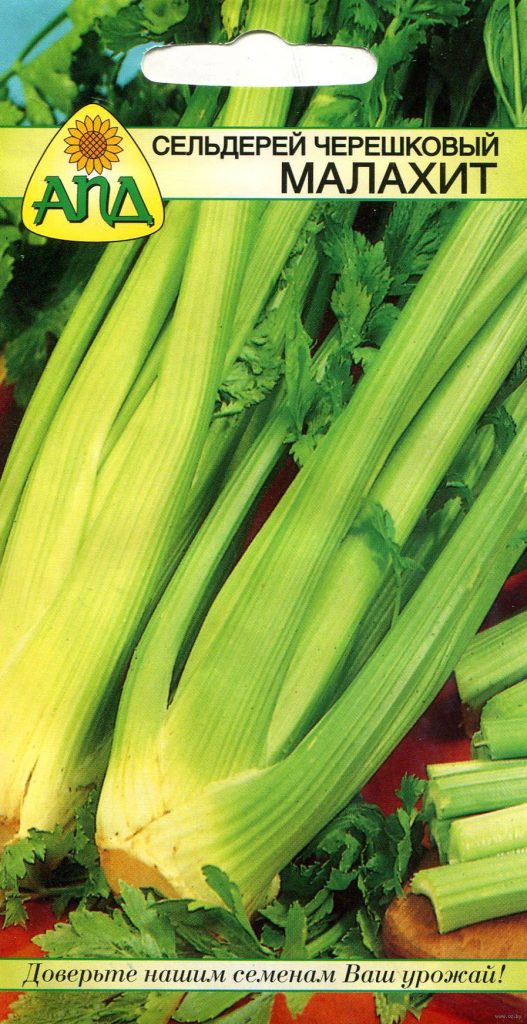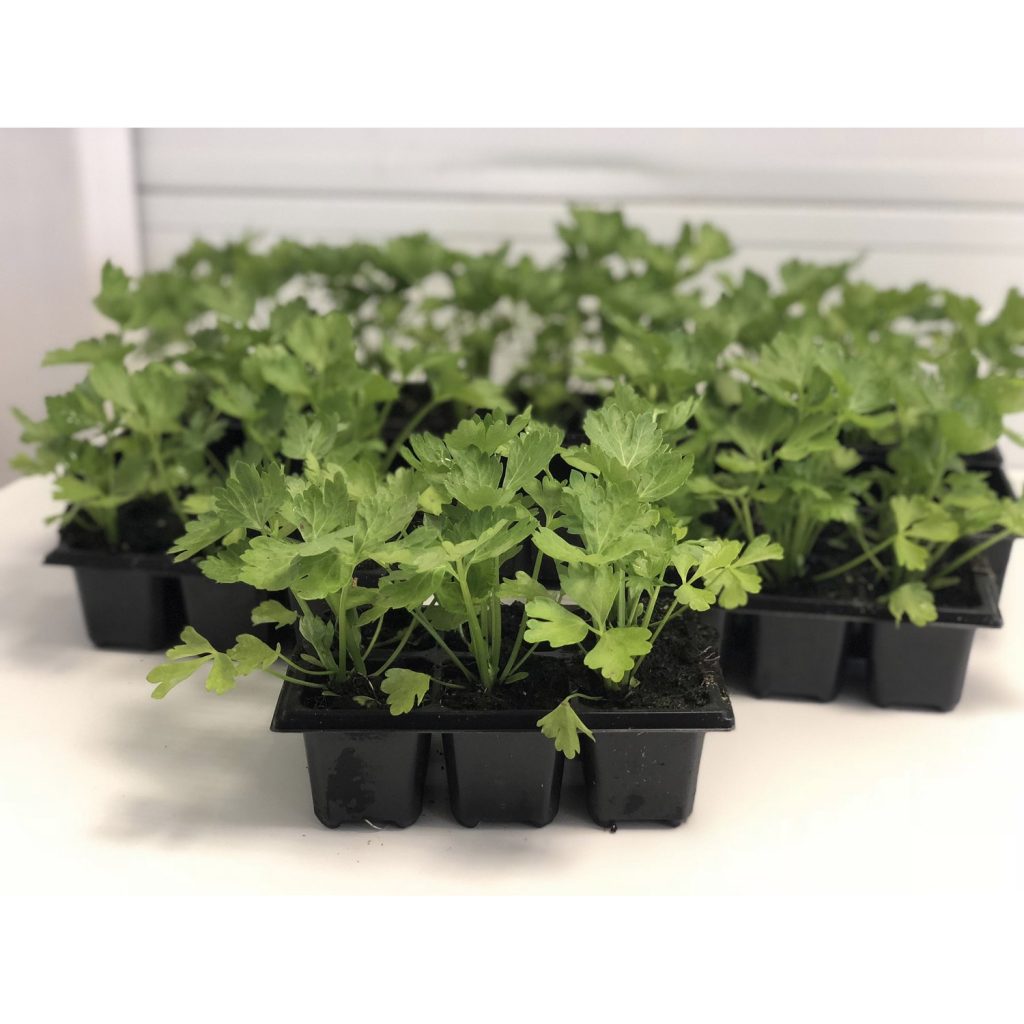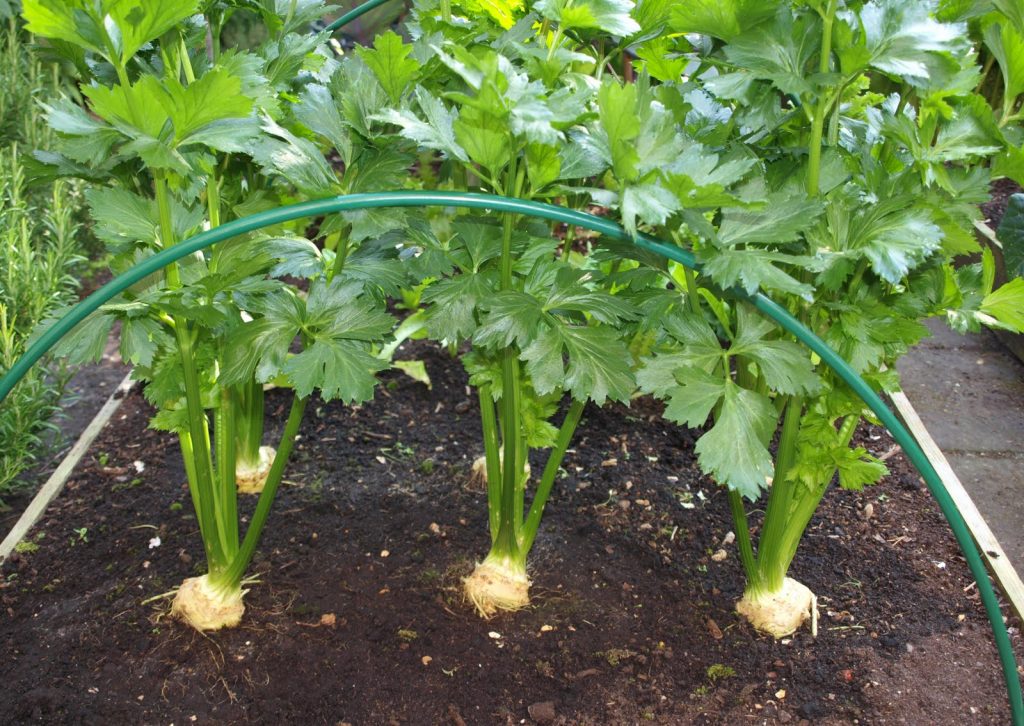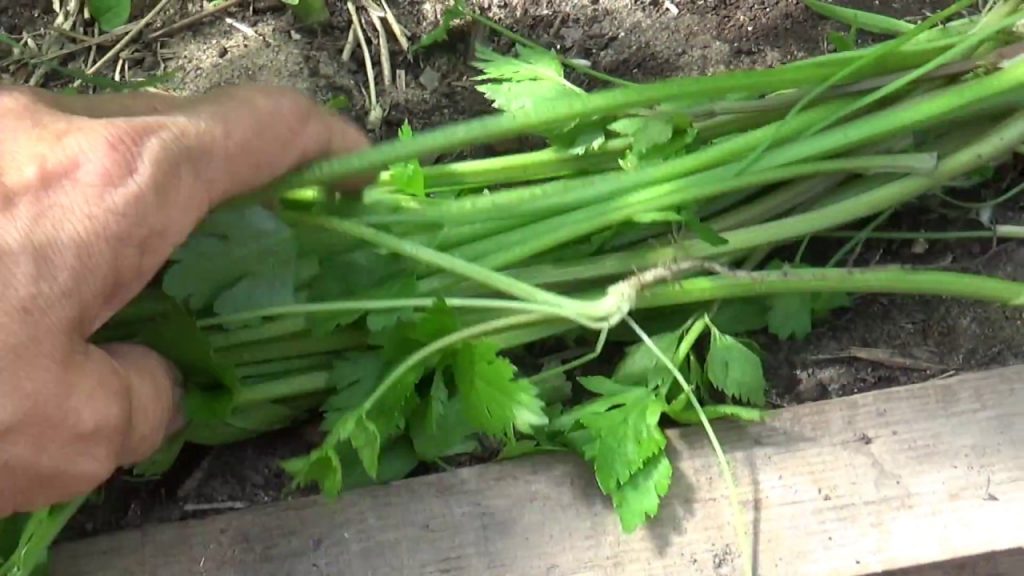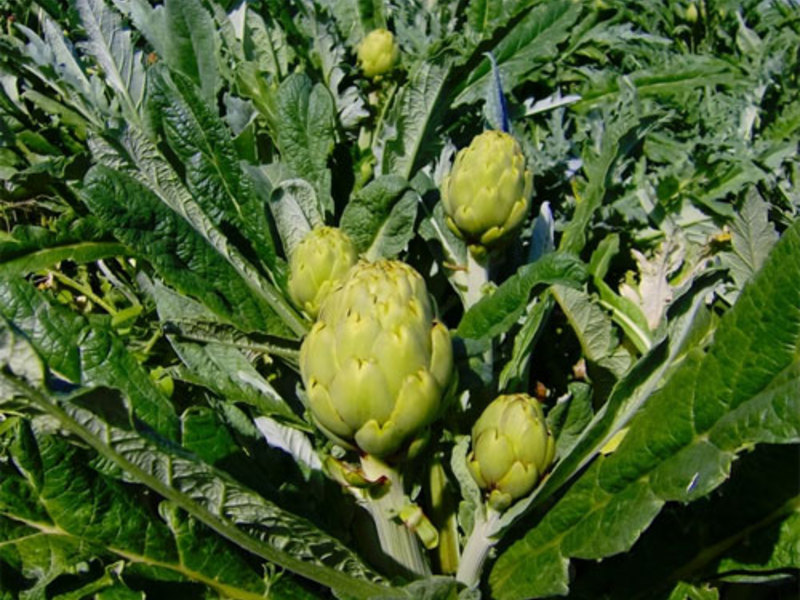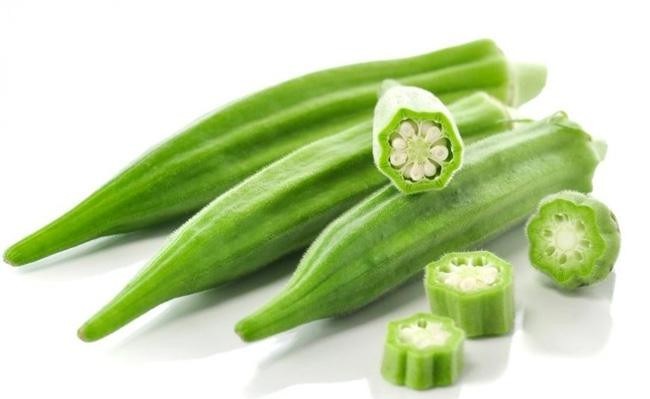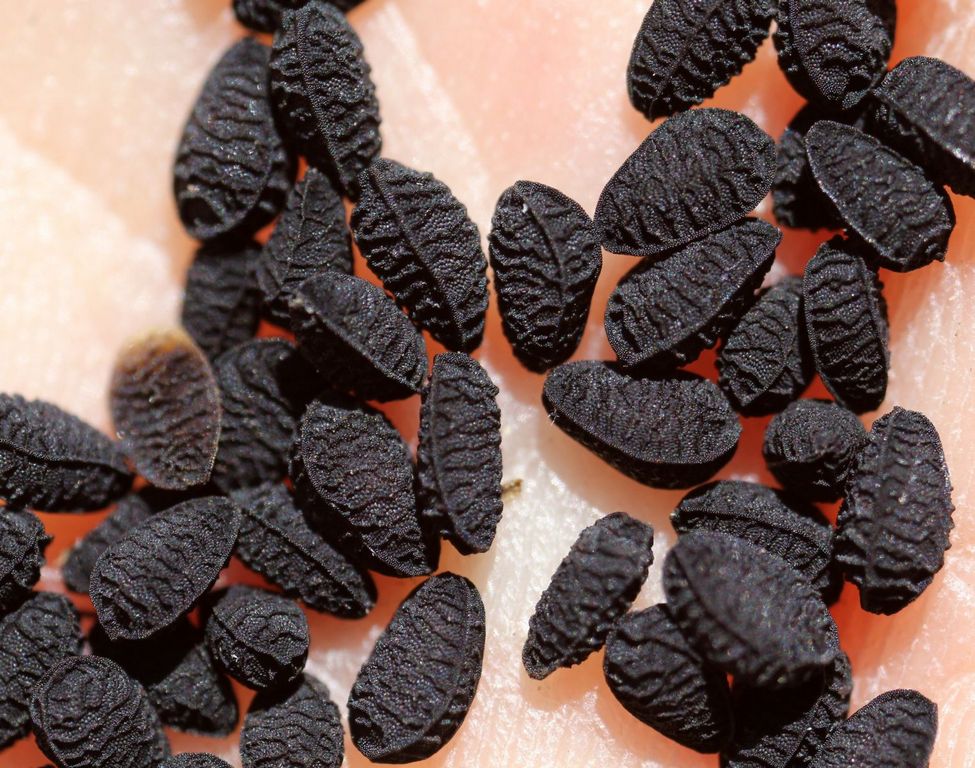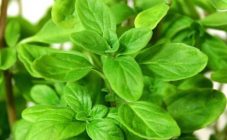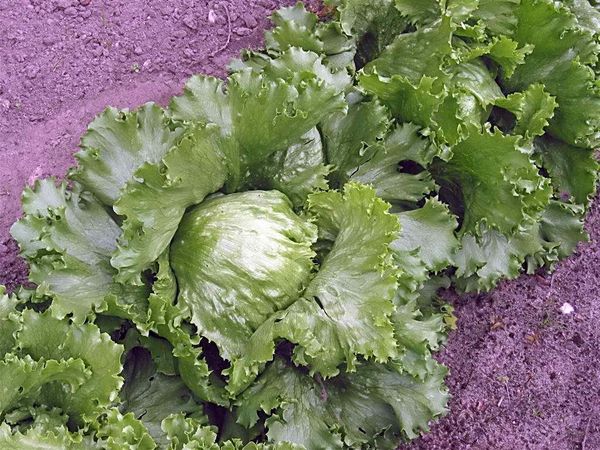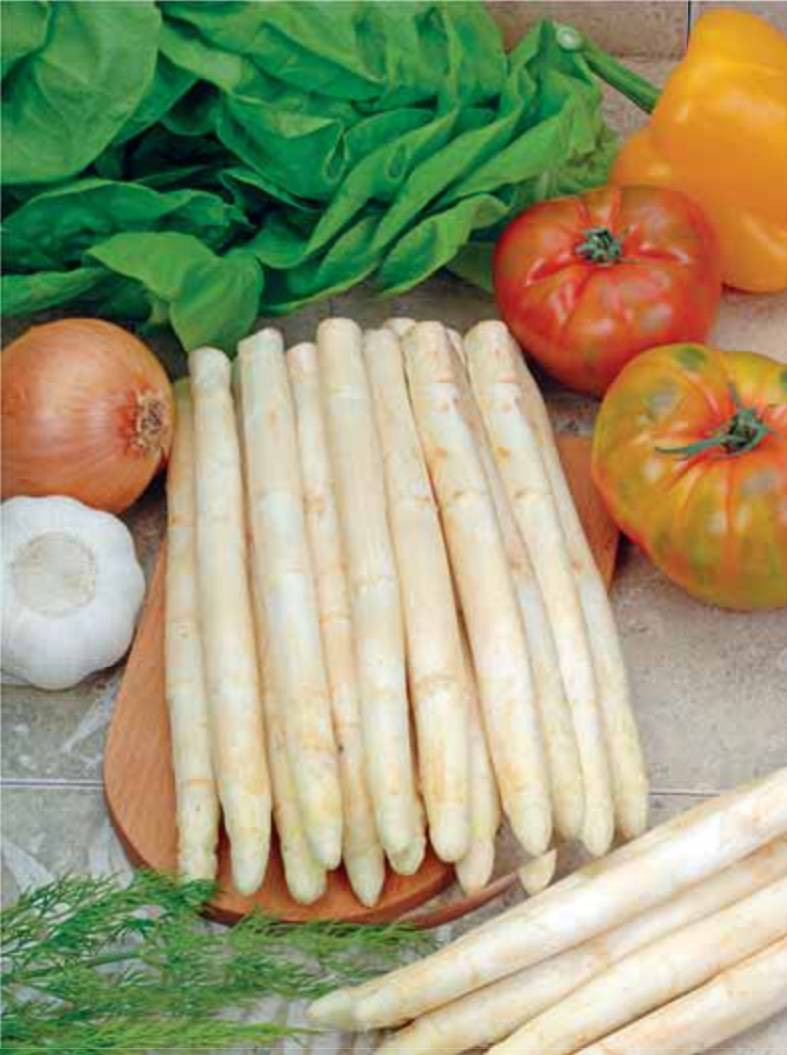Content:
This plant has been known since ancient Greece. In her, this culture was sacred. Celery was used as a decoration material for the departed and can be found on coins. In Europe, the plant began to be cultivated only in the 16th century. During the same period, it became widespread in Russia. First of all, they began to grow it for medical purposes, so it could be found in the gardens of pharmacists. Much later, celery began to be used as a seasoning for various dishes and gained popularity in cooking. Currently, there is a fairly large number of varieties of this culture, but petiolate celery is especially famous.
Agricultural technology of cultivation
The cultivation cycle for this plant is two years. In the first year, the stems are harvested as well as the root, which is edible, and in the second year, the seeds can be harvested, which are formed in a special fruiting body.
Celery is a herbaceous vegetable that can grow up to one meter in height. To grow it and reap a rich harvest, it will take a lot of effort. This is due to the fact that the plant is quite capricious and sensitive to climatic conditions. In this regard, it is recommended to plant it in central Russia, including in the Moscow region.
Planting celery is best in a windless area. It is desirable that it be well lit, but a small shadow will not harm the plant either. Although, if the vegetable garden is constantly in the shade, this can lead to a significant decrease in yield.
Celery is sensitive to frost in the spring. Despite the fact that he can transfer them quite easily, in the future this will lead to abundant foliage growth and the formation of hard petioles, not suitable for eating, instead of tasty stems. Therefore, planting a crop should be done in well-warmed soil, and if this is not possible, then in a greenhouse.
When planting celery, be sure to follow the rules of crop rotation. The best precursors for it are tomatoes, lettuce or cabbage. Also, a good harvest is yielded by a vegetable planted on an area where onions, plants of the Pumpkin family, beets or beans previously grew. If you plant a crop on the ground where corn, potatoes, carrots or parsley grew, then you can not expect a bountiful harvest. After such precursors, the soil will not contain the necessary substances for celery.
The optimal neighbor for a vegetable is white cabbage, which promotes its growth by releasing necessary nutrients into the soil. In response, petiole celery repels cabbage pests with its aroma, which contributes to its high yield.
It is advisable to choose the soil so that it warms up easily. Loamy or sandy soil works well. However, the vegetable does not grow on sandstone or clay. The ideal option is ordinary meadow land with a neutral acidity level. If the pH is too high, lime should be added to the soil. Otherwise, the plants will develop very slowly.
Reproduction of culture
Cultivation of celery can be both seedling and non-seedling. The first method is considered more correct in the Russian climatic conditions, since it allows you to get a larger crop. However, it is also more laborious, therefore, in some regions, where the climate permits, it is possible to cultivate a vegetable in a seedless way, that is, planting seeds immediately.
Sowing with seeds
In areas where spring comes early, celery can be grown from seed. If cultivation from petiole celery seeds is practiced, when to plant becomes the most important issue. It is better to purchase seed material of early varieties, since the ripening period is quite long - up to eight months. If the vegetable is planted in February-March, then it will ripen in October-November. Therefore, the seedless growing method is only suitable for warm regions. In Siberia, he simply will not have time to ripen or will suffer from spring frosts.
The most popular varieties are Atlant, Golden and Aelita. They allow you to get a high-quality harvest, are not afraid of diseases and pests, and have a good ripening period.
The preparation of seed material consists in its disinfection. For this, a solution of potassium permanganate and boric acid is used, and it must be very weak (literally a few grams of active substances) so as not to burn the seeds. It is recommended to keep the seed in solution at room temperature for about a day. If you warm it up, then 15 minutes will be enough for disinfection. To accelerate germination, the seeds can be soaked for a short period, then be sure to dry.
The soil should also be prepared. To do this, humus is added to the sod, which has a warming effect. It also doesn't hurt to add a little sand to improve the supply of air and heat to the plant's root system. It is recommended to water the soil well before planting.
Celery is planted in a garden bed or trench, which should be covered with foil until a steady heat comes. As soon as shoots appear, the film should be opened for airing. In this case, it is necessary to prevent drafts, since the plant is afraid of them.
Landing is performed as follows:
- On a well-lit area, two narrow rows are formed, staggered and with a distance of 17 centimeters between them;
- If the shadow on the site is more than three hours, it is recommended to make a distance of 25 centimeters;
- When shading up to 5 o'clock, the row spacing increases to 35 centimeters.
Seedling method
The preparation of seeds and soil is carried out in a similar way. The only difference is that sod and humus are placed in special containers where the seed material will be placed. Sowing is done in even rows with a distance of 5 centimeters between them. The seeds are not buried; they just pour earth on top of them. The layer thickness should not be more than 0.3 centimeters.
After planting, the containers are covered with glass or foil to create a greenhouse effect. The first shoots in the Moscow region, as a rule, appear in 1-3 weeks. After their appearance, the container should be opened and a pick should be made - transplant the plants in separate cups to ensure good growth and high yield.
Seedling care is standard.It is necessary to water it abundantly and maintain an optimal temperature regime.
Before planting a plant in open ground, it should also be prepared. It is necessary to dig up the garden and add nitrogen and potash fertilizers to it. Simple wood ash is a good substitute for potassium-rich mineral fertilizers. If there is a possibility of frost, then it is quite possible to dry the seedlings before planting (this will harden it a little), but immediately after transfer to the ground, it is necessary to water abundantly.
It is strictly forbidden to apply fresh manure under the celery, as this can cause spotting of the plant.
Culture care
After the vegetable is planted in open ground, it requires quite laborious care. The first is watering. There should be enough water, the plant loves moisture, but an excess of it should not be allowed. The water should be poured directly under the root to ensure maximum access to the vegetable. The presence of mulch in the beds does not place, which will create comfortable conditions for growing vegetables.
The presence of weeds in the beds with celery impairs its quality. Moreover, due to the presence of weeds, pests can attack the plant. You can avoid this by weeding, so it is recommended to weed the celery regularly and loosen the soil.
Top dressing should be done 2-3 times per season. It is recommended to use complex formulations of various mineral fertilizers. The first feeding should be done a month after moving the seedlings or placing the seeds in open ground, the second in the middle of the season, and the third before bleaching the celery, which is an essential element of caring for it.
To give tenderness to the vegetable, stem bleaching is carried out. The essence of this procedure is to completely isolate the petioles from sunlight. You can start bleaching celery when the bush rosettes are fully formed on it, which means the ripening of the vegetable in the first year. To do this, each stem is wrapped in thick wrapping paper to exclude sunlight from entering it.
Harvest
It is recommended to start harvesting 20 days after the start of bleaching. In this case, it should not be tightened before the onset of cold weather, since the stems after frost may turn out to be unsuitable for human consumption.
Harvesting is done as follows: the plant is dug up and moved to the cellar. If seeds are collected, then the vegetable is left in the ground for the next year and well covered. After green umbrellas are formed on the plant in the second year of growth, and then they change color to gray-green, you can cut them off, move them indoors and dry them. As a result, the seeds will be ready. It should be borne in mind that the number of such celery plantings is not limited.
So, if the owner of a summer cottage or garden loves homemade spices, he will not find a better vegetable than celery. In addition to its pleasant taste, it has a low calorie content. The benefits of eating it are due to the high content of vitamins and minerals. At the same time, there are a lot of recipes for cooking dishes with the described vegetable. However, it should be borne in mind that you will have to work hard to get it. The vegetable is quite picky about care.

